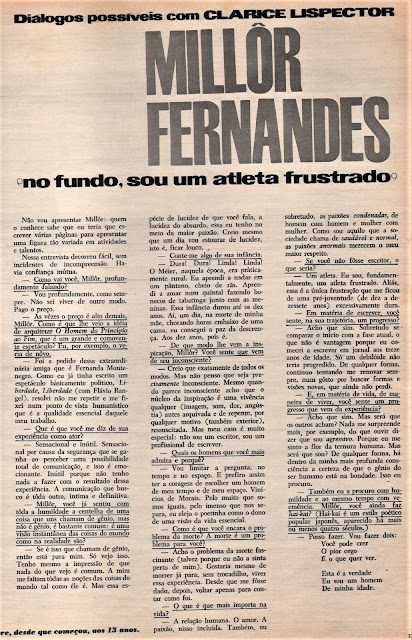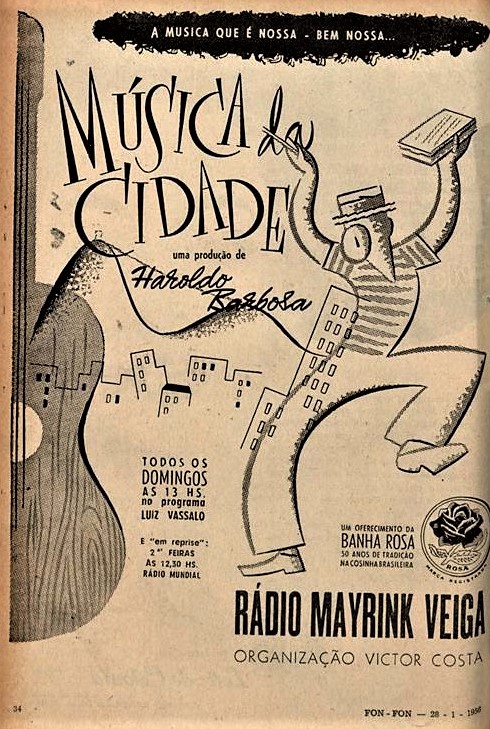Once upon a time there was an American young lady from Texas named Mary Wynne who arrived in São Paulo, Brazil circa 1929, to work as a governess for an American family who had a young daughter to be educated. Miss Wynne was only 18 years of age and we can't say much more about her then.
We only know that Mary eventually met a young Dutch national whose last name was Tadema like the Dutch painter Lawrence Alma-Tadema. They got married and had a baby boy called Klaas who eventually went to school in the USA, while Mary stayed in Brazil.
We can only surmise Mary and her husband had a pretty busy social life going out to restaurants and night clubs around São Paulo very often.
14 April 1976 - 'O Estado de S.Paulo' obituary page.
Mary Wynne Burns Tadema's grave stonehead at Tenaha City Cemetery in Tenaha, Shelby County, Texas, USA. Her remains though are still interred at Cemitério do Morumbi, in São Paulo, Brazil. 5 April 2023.
Hello. My oldest aunt wrote the nightlife column as "Mary Wynne," and I would love to find out more about her years in Brazil. Any information appreciated. Thank you. Sincerely, Margie Burns (margie.burns@gmail.com)
Fri, 7th April 2023.
Hello, Margie,
I only found out about your aunt Mary Wynne a few years ago when I started a research about São Paulo's night life in the very newspaper Ms Wynne worked for.
I fell in love with her style by degrees. She was a very friendly and sophisticated lady and it was pure delight to read her texts.
By reading her column I surmised she arrived in Brazil in the late 1930s, for she mentioned having seen Carmen Miranda in person along with Aurora, Carmen's sister in a night-club. As Carmen left Brazil for California in 1939, I guessed Ms Wynne must have arrived in Brazil in 1938 or 1939; 10 years before I was born (1949).
Margie answers:
Hello! Thank you for writing; I am pleased to hear from you and look forward to finding out more, also. My Aunt Mary Wynne died in Sao Paulo, 11 April 1976. I heard that she originally went to Brazil at age 18, to be a governess to a small child, a relative, whose parents were working for a U.S. company in Brazil. Since she was born in 1911, according to records, that must have been about 1929.
I do not know when she started working for O Estado de Sao Paulo, or how she got the job there, or how she began in journalism.
Her full name was Mary Wynne Burns Tadema, and she must have learned Portuguese while living in Brazil. She and her spouse separated long ago; I never knew him, but I believe that his ancestry was Dutch (like the painter Alma-Tadema), and presumably they met in Brazil. As to her personal life, she had only one child; he grew up in the U.S.
I have been impressed with the columns that I've seen. It looks as though Mary Wynne was very active and energetic. I never heard her talk much and seldom saw her in person; the last time, I was in my teens, and there wasn't much chance for talking at a family funeral.
I am trying to find out more about her small place in the big world at the time.
8 April 2023.
Hi, Margie,
I found a simple note about your Aunt's death on the obituary page on 14 April 1976. I was glad to have found something about Mary Wynne's death but at the same time really disappointed for she deserved much more than a few words.
It says more or less: D. Mary Wynne... I was wondering what D. stands for... I guess it stands for 'Dona' (Dueña in Spanish) which is a title like 'Lady' or 'Madam' in English.
It also says Mary was the daughter of (sr.) Robert E. Burns and (d.) Ruby Lee W. Burns.
It also mentions her son Klaas Tadema married to Dorothy Tadema, both living in the USA. It fails to mention Mary's husband's name.
In the end it says the funeral was being held at Morumbi Cemitery (the poshest cemetery in town) with the burial schedule for 4:00 pm of that day, 14 April 1976.
Tenaha, Shelby County in Texas...where Mary Wynne hailed from... see the red arrow. Tenaha, Shelby County, Texas.




.PNG)


.jpg)
.PNG)
.PNG)
.jpg)
.jpg)




.jpg)
.jpg)





















.jpg)


.jpg)


.jpg)












